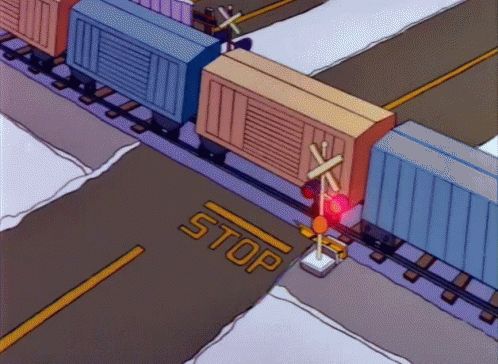- Truck N' Hustle Newsletter
- Posts
- 🚂 The Future of Rail 💨
🚂 The Future of Rail 💨

Once recognized as the leading passenger rail service, the railroad industry is on the brink of experiencing a significant surge, all thanks to the Infrastructure Investment and Jobs Act.
The bill was passed in 2021 which designates $66 billion to improve the nation’s rail system.
Experts at Siemens believe that the development of passenger rail has been hindered over the years due to insufficient government funding. However, since the initial investment, they have already seen huge progress.
“Investment in passenger rolling stock across North America, which includes high-speed rail, light rail, metro, passenger coaches and locomotives, is expected to increase 4.7% per year between 2021 and 2026.”
— McKinsey & Co.
The government is encouraging companies to create a supply chain within the country. Alstom, a train manufacturer in Hornell, New York, is currently working on upgrading Amtrak's Acela trains as part of a federal order.
Private companies are also improving passenger rail in the country. Brightline has expanded its rail service in Florida, and its sister company, Brightline West, is developing a high-speed rail line between Las Vegas and Southern California.

⚡️ Level up ⚡️
Four tips to improve your supply chain strategy:
Designing an efficient distribution plan
Increasing transparency by monitoring losses and gains via software + physical inventory accounts
Improving the distribution network because it has a direct impact on everything
Standardizing processes by using automated purchases

Trivia segment
How good are you? 🤔Try our True/False questions to test your knowledge!
Lot size based quantity discounts reduce the bullwhip effect within the supply chain.
When transportation infrastructure is publicly owned, overuse and congestion result because the cost borne by a user is less than the user's marginal impact on total cost.
Milk runs make sense when the quantity destined for each location is too small to fill a truck but multiple locations are close enough to each other such that their combined quantity fills the truck.
The mode of transportation that results in the lowest transportation cost will lower total costs for a supply chain, therefore increase supply chain surplus.
Purchasing, also known as procurement, is the process used to rate supplier performance.
In the absence of risk sharing, retailers aim for a lower level of product availability than would be required to maximize supply chain profits.
🫣 Scroll down to check your answers!

Trivia Answers
False
True
True
False
False
True